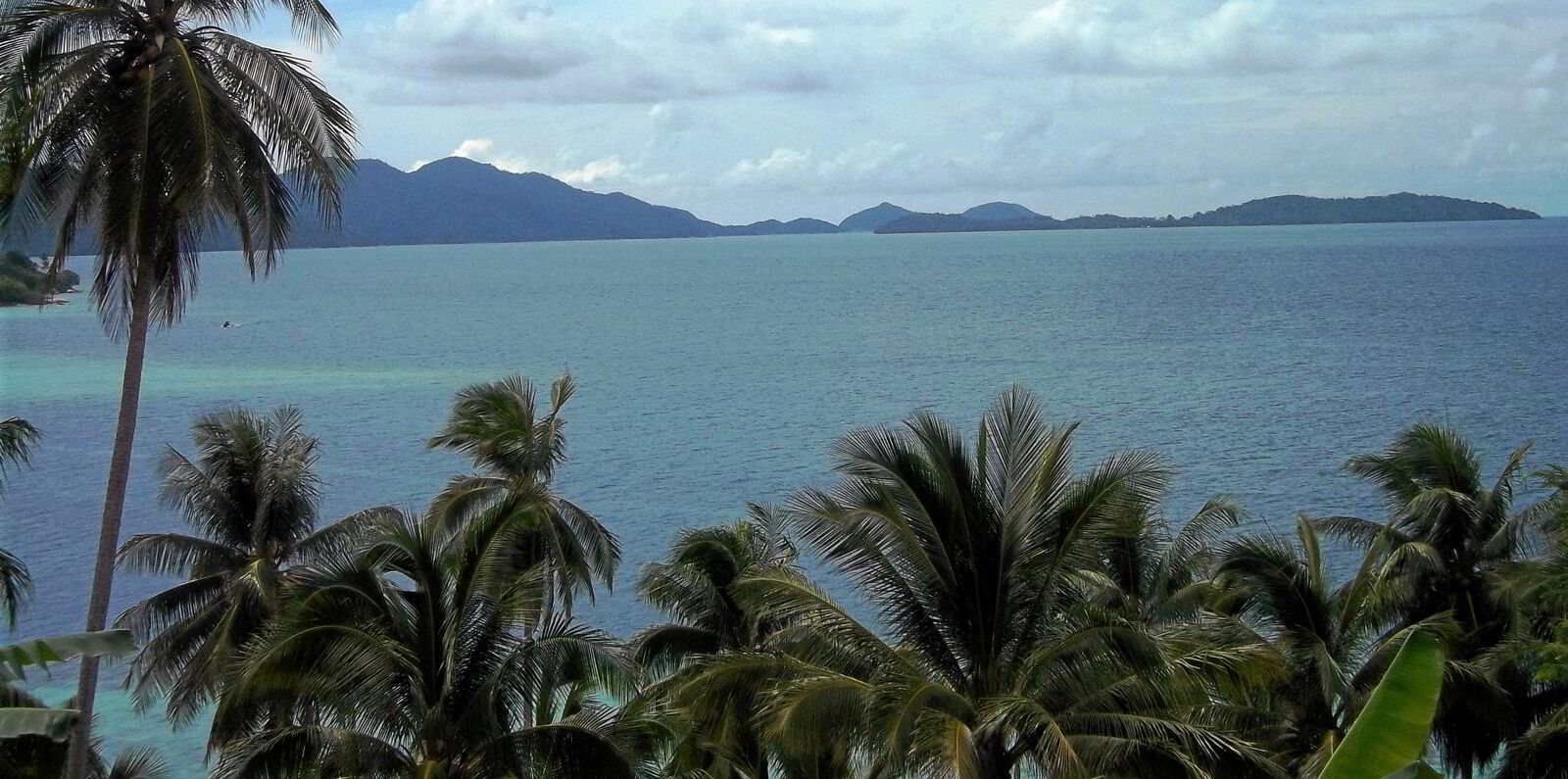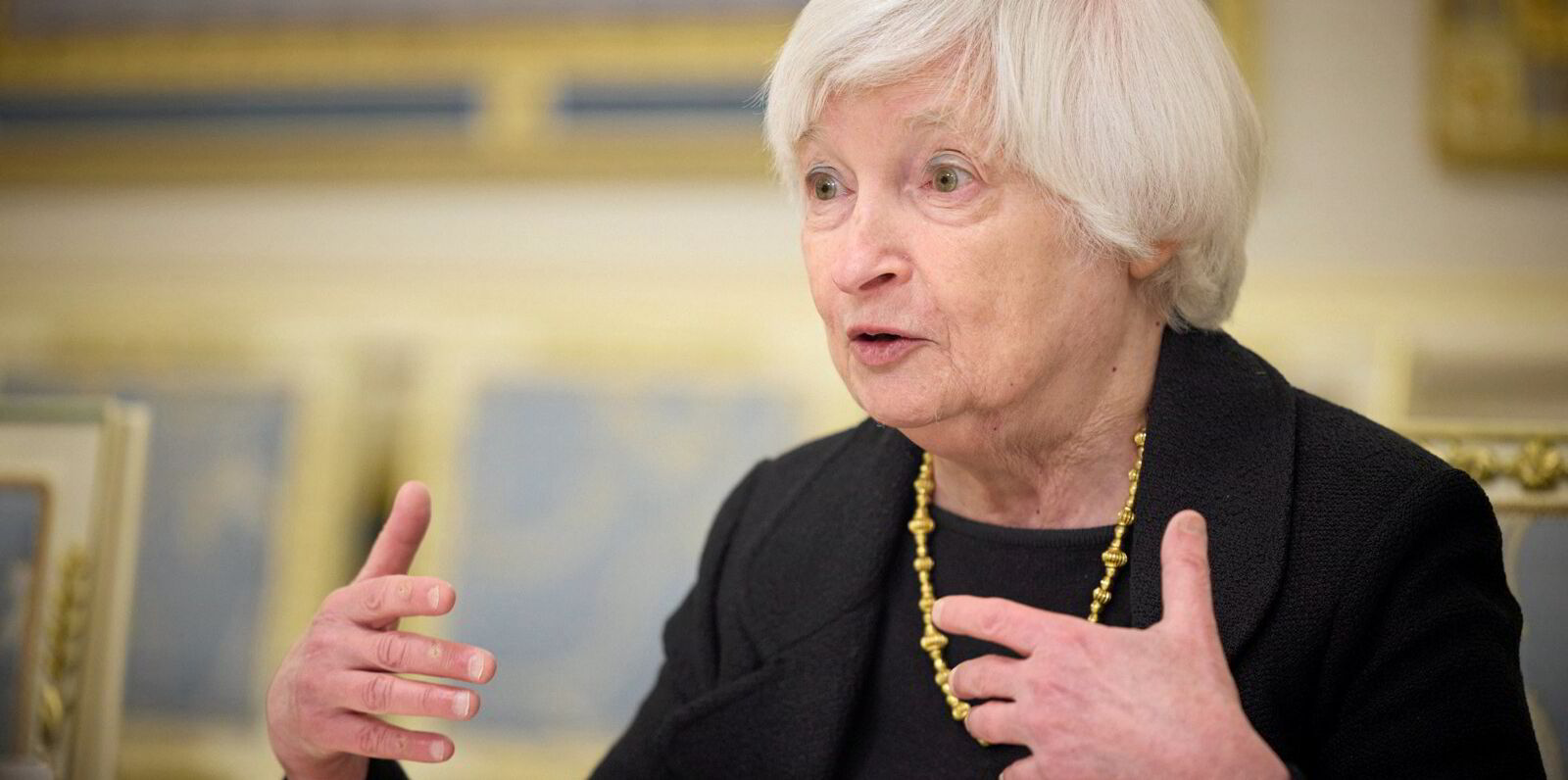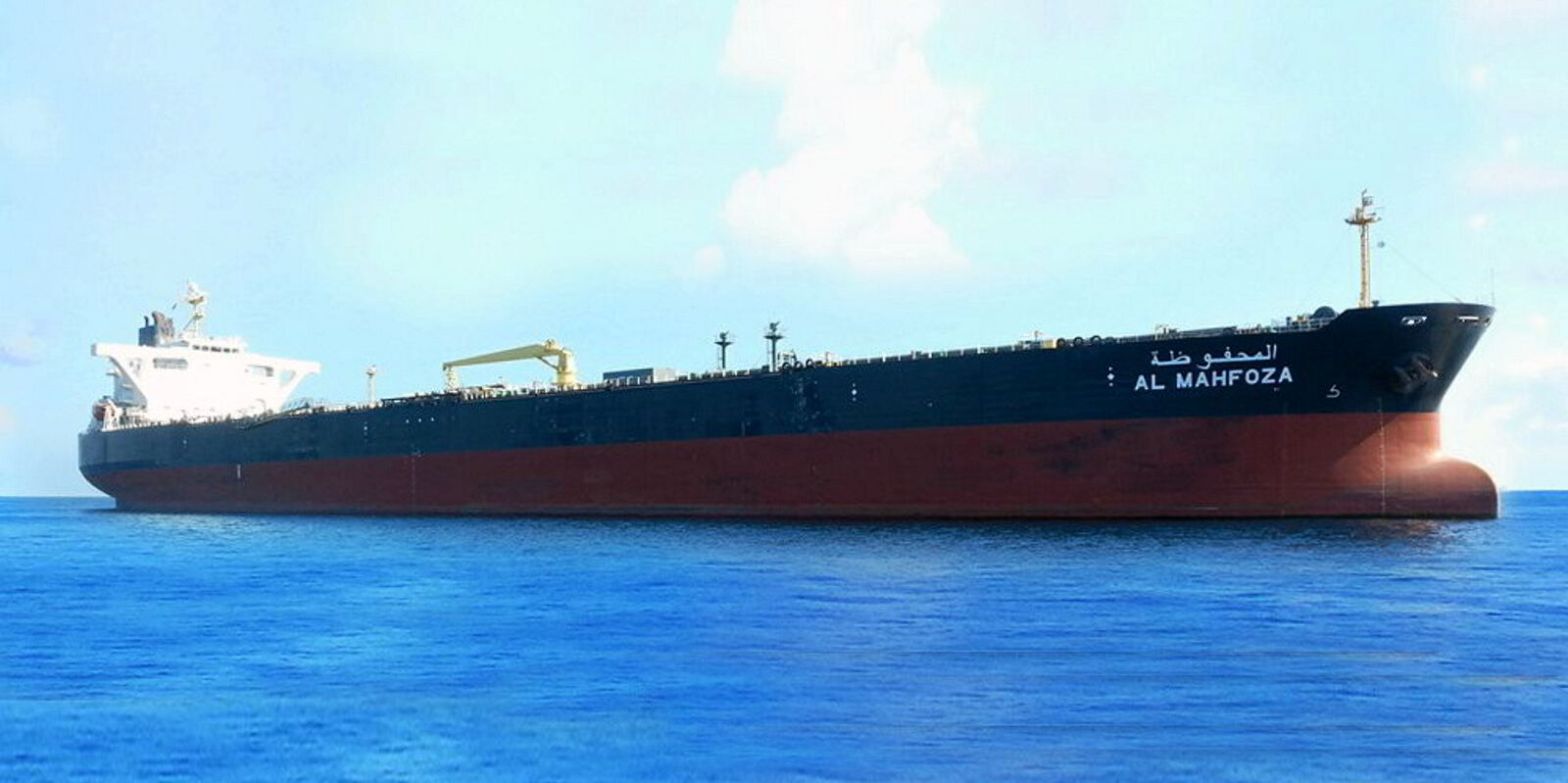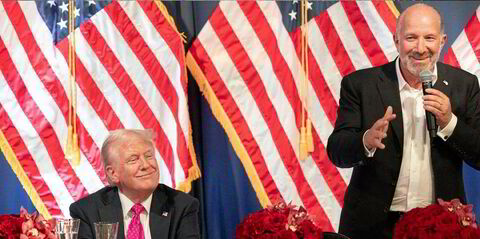When a sanctioned suezmax tanker offloaded its cargo of oil at China’s port of Tianjin, it was the end of an odyssey from Iran that included three transfers and four vessels.
The voyage of the cargo delivered last month by the 151,000-dwt Ohar (built 1998) is just one example of the way Iranian barrels travel through a shadowy and complex supply chain.
The journeys often include meetings of tankers in the dark armada of Tehran’s fleet of vessels and other off-the-radar ships in the unregulated waters off an Indonesian archipelago.
And they involve delivery to what has become practically these barrels’ only market: small, independent refiners in China that shrug off the threat of Washington’s ire and are hungry for crude at the discount that Iran must offer to sell its biggest commodity.
After first slumping, following the end of sanctions easing by Washington in 2018, Iran’s crude exports have been rising, as China has increased its imports of the barrels that Tehran puts on the market.
But in some cases, as with the oil on the suezmax Ohar, Washington’s ramping up of sanctions has made the path of that oil more complicated.
This story provides a detailed account, with information from Kpler and advocacy group United Against Nuclear Iran (UANI) and publicly available information published by the US Treasury Department, of how Tehran’s oil makes its way to China.
The cargo offloaded from the Ohar started where most Iranian cargoes begin: Kharg Island.
An opaque start at Kharg
Claire Jungman, the chief of staff at UANI and the head of the advocacy group’s tanker tracking programme, said the vessels that pick up cargoes at the island’s oil terminal typically mask their location to make it appear that they are outside the Middle East Gulf, on the other side of the Strait of Hormuz.
The Ohar’s oil cargo started inside the Gulf, with a loading onto another suezmax — this one controlled by National Iranian Tanker Co (NITC).

Like its owner, the 164,000-dwt Salina (built 2009) was already on the US Treasury Department’s list of sanctioned assets when it loaded cargo at Kharg Island.
The island’s oil terminal in the Middle East Gulf — known as the Persian Gulf to some, and the Arabian Gulf to others — is Iran’s main export hub.
Data from Kpler reveals a surge in Iranian crude exports since 2019, reaching 1.85m barrels per day in September — the highest monthly level in over six years.
NITC tankers loading at Kharg Island frequently continue to the waters of South East Asia. However, the majority of vessels loading at Kharg are non-NITC tankers.
The oil often departs the Gulf in carriers from the murky fleet of older tankers whose beneficial owners are hard to identify.
They make up what is known as the dark fleet or ghost armada — named for what experts describe as the deliberate opaqueness of their ownership, management, insurance and classification.
The Salina loaded its cargo at Kharg, but ultimately transferred it to a dark fleet vessel, which left the Gulf via the Strait of Hormuz.
According to UANI, the oil was loaded onto the 151,000-dwt Mehle (built 1999) in late December.
Shipping database Equasis and the Treasury Department’s Office of Foreign Assets Control list the ship as owned and managed by Cielo Maritime, a Hong Kong-based company with no other vessels to its name.
From Hormuz to Indonesia
Vessels involved in the Iranian oil trade often disable their AIS location transponders for most of their voyages. As a result, UANI and Kpler rely on advanced tracking methods, including satellite imagery, to monitor their movements.
However, they reappear in the Strait of Hormuz — a narrow and hazardous waterway where broadcasting location data is essential — with transponders indicating they are fully loaded with oil.
The Mehle — which took on oil originally loaded by the Salina at Kharg Island — continued on a route that virtually all Iranian crude cargoes take.
It headed to international waters off the Riau Islands, an Indonesian-controlled archipelago that sits off the coast of Singapore and Malaysia. This area lies along a bustling trade route that includes waters beyond Jakarta’s jurisdiction.
Homayoun Falakshahi, a senior oil analyst at Paris-based Kpler, said that splitting the voyage between Iran and China into two parts by transferring oil cargoes off the Riau Islandshas logistical advantages.
“You could export twice as much if you have two tankers doing their parts of the journey, versus just one, which has to go the long way towards China,” he said.
“And I think the second reason is … to remain as opaque as possible, to make it impossible to track.”
Jungman said it also allows the cargo to be rebranded as Malaysian oil.
The vessels receiving Iranian oil in these waters are typically independent dark fleet vessels.
These ships operate in a different world than those operating in Russian trades subject to the oil price cap, a sanctions regime that prohibits moving crude and petroleum products above the price limit.
Tougher sanctions
US restrictions on the Iran trade are much more comprehensive, and they include what are known as “secondary” sanctions that allow Treasury to blacklist non-US entities.
As a result, many dark fleet ships operate only in Iranian or Venezuelan trades, according to Matt Wright, principal freight analyst at Kpler.

“The fleet that is servicing Iranian exports has grown, and particularly in the last year, as Iranian exports have grown,” he said.
Although in the past, aframaxes commonly received the transferred cargoes, those have since left for the Russian trades, and now VLCCs dominate the movement of Iranian cargoes.
In January, Treasury blacklisted the Mehle on allegations that it had shipped Iranian oil for Sa’id al-Jamal, a man whom Washington has accused of using sales of petroleum to fund the Islamic Revolutionary Guard Corps Quds Force and Yemen’s Houthi militant group.
While in the Riau Islands near Singapore in January, the tanker transferred its cargo to the 160,000-dwt Lady Sofia (built 2001).
The Mehle obscured the transfer by using spoofing to mask its true location, broadcasting instead a position in the South China Sea, US authorities alleged. They said it also used a fictitious ship name.
Ofac struck again in March, sanctioning the Lady Sofia and its Indian owner, Vishnu Inc.
US authorities accused it of receiving the cargo on behalf of al-Jamal.
Five-month wait
Jungman said the Lady Sofia, which would later be rebranded as the Olym, waited five months before a buyer for the cargo could be found.
But waiting is not uncommon in the dark fleet serving the Iran trade.

Kpler’s Wright said these ships have “incredibly low” utilisation rates, particularly as more and more older VLCCs are sold into the dark fleet rather than scrapped.
But it is still profitable for shipowners willing to operate in the sanctioned Iranian trade.
“Freight rates for these voyages are very high … They get a significant premium to the market,” he said, noting that the cost of these older secondhand VLCCs is not that high.
“So even if one of these vessels only does this for a year or two, for the company who’s investing in them, the payback period is incredibly short.”
In August, the Lady Sofia transferred its cargo to the Ohar for the last leg of its journey to China while still in the Riau archipelago.
Ofac moved quickly, updating its database of sanctioned vessels to show that the Ohar was a ship it already knew — the Artura, a suezmax that had already been blacklisted for its ties to al-Jamal.
“They were ultimately trying to get the oil off of a sanctioned vessel,” Jungman told TradeWinds.
“Every time they tried, Ofac was following and able to designate the vessel.”
More complex trades
She said a key evolution in Iranian oil shipping is longer, more complex trade routes with multiple transfers, in addition to increasing manipulation of AIS transponders and “spoofing” to broadcast false locations.
However, for the cargo of the Ohar/Artura), sanctions along various stages of the journey raise costs and force steeper discounts when selling the oil.

“There’s a financial impact that these designations have had, but it is going to take time until we really see the oil exports go down as a result of that,” she said.
Jungman revealed on social media platform X that the Ohar/Artura and its cargo finally reached its destination — China’s port of Tianjin — in October.
That China was the final port of call for the cargo is no surprise.
Falakshahi said that in the past, one-quarter of Iran’s oil reached China, and the buyers were large state-owned companies such as Sinopec.
Now, nearly 100% of Tehran’s oil is shipped to China, and the buyers have changed dramatically.
The crude is bought by smaller, independent companies known as teapot refiners, often in Shandong province.
The large state-owned outfits operate globally, and their activities would be significantly disrupted by sanctions. But Falakshahi said the picture is different for the teapots.
No global or dollar ops
“The big difference is that these companies don’t have overseas operations. They don’t have operations in dollars. So it becomes much more complicated for the US to go after these companies,” he said.
“There’s simply nothing they can sanction.”
Jungman said that China has never cared about sanctions, and the refiners are buying oil at a discounted price.
“There’s an incentive for them to continue to do that until there is a change, whether that’s sanctions on Chinese banks, sanctions on Chinese refineries or more sanctions on Chinese owners,” she said.
“The refineries in China that are ultimately making the purchases of the Iranian crude — that would be a great place to start.”








